Deogyusan National Recreational Forest (국립 덕유산자연휴양림)
6.8Km 2024-04-07
530-62, Gucheondong-ro, Muju-gun, Jeonbuk-do
+82-63-322-1097
Deogyusan National Recreational Forest is located south of Muju near Gucheon-dong Valley and Deogyusan National Park. The lush forest of larch and pine nut trees creates a cool ambience for relaxation. The recreational forest features a biking trail, and is near Deogyusan Ski Resort and other leisure facilities.
Skylake (하늘호수)
9.5Km 2025-09-09
793 Songgye-ro Buksang-myeon, Geochang-gun, Gyeongsangnam-do
+82-55-945-2380
Skylake is a 20-year-old natural herbal cosmetics manufacturer and distributor located at the foot of Deogyusan Mountain in Geochang, Gyeongsangnam-do. The company runs natural-cosmetic-making programs using natural ingredients made with their know-how. Skylake was chosen as a wellness facility by the Korea Tourism Organization. Here, you can make a toner, essence, or an all-in-one wash on your own. After finishing the experience program, you can enjoy a cup of tea at the cosmetic cafe. Furthermore, you can purchase Skylake's cosmetic products at a discounted price on the day of the program. Reservations are required.
Jeoksangsan Mountain (적상산)
11.3Km 2024-04-07
Goemok-ri, Muju-gun, Jeonbuk-do
+82-63-322-4174
As one of the best scenic mountains in Korea, Jeoksangsan Mountain (1,030.6 meters) showcases imposing, steep rock walls. Jeoksangsan, also called Red Skirt Mountain, got its name from the view of red maple trees around cliffs in fall that makes the mountain look like a giant red skirt. The mountain boasts a variety of attractions from Hyangnobong Peak (1,029 meters), Cheonilpokpo Falls, Songdaepokpo Falls, Jangdobawi Rock, Janggunbawi Rock, and Allyeomdae Cliff.
The rugged shape of the mountain was considered ideal for building a fortress. And after Jeoksangsan became a designated site for storing Joseonwangjo Sillok (annals of the Joseon Dynasty), the fortress surrounding it was further rebuilt. The mountain is also home to Anguksa Temple, an ancient temple built in 1227 (during the 3rd year of King Chungryeol’s reign) by Monk Wolin. The mountain can easily be climbed by hiking or by vehicle; there is a paved road stretching over 15 kilometers that leads to the top of the mountain thanks to the construction of Muju Power Plant, letting tourists visit Sanjeong Lake and Anguksa Temple conveniently.
Geochang Wolseong Space Creative Science Museum (거창월성우주창의과학관)
11.5Km 2024-02-23
1312-96 Deogyuwolseong-ro, Buksang-myeon, Geochang-gun, Gyeongsangnam-do
Geochang Wolseong Space Creative Science Museum serves as an interactive science museum, providing opportunities for knowledge acquisition and hands-on experiences related to the universe. The facility is well-equipped for celestial observation, featurig key components like the Astronaut Center, Space Exploration Center, and Celestial Observation Center. Visitors can engage in various experiential programs, including activities such as donning AR space suits, coloring their own universe, and experiencing sensory balance.
Muju Anguksa Temple (안국사 (무주))
11.5Km 2024-04-07
1050, Sanseong-ro, Muju-gun, Jeonbuk-do
+82-63-322-6162
As the only temple in Jeoksangsan Mountain, Anguksa Temple was built in 1227 (during the 3rd year of King Chungryeol’s reign) by Monk Wolin. A secret historical archives, called Sagak, was built to store Joseonwangjo Sillok (annals of the Joseon dynasty) in 1614 (during the 6th year of King Gwanghaegun’s reign) within the mountain, while Seonukgak was built in 1641 (during the 19th year of King Injo’s reign) to store Seonwonrok (royal genealogical records). The two sites were designated as Jeoksangsan Historical Archives during the Joseon dynasty. Hoguksa Temple was also built at that time to prevent accidents from affecting the archives. The temple, along with the existing Anguksa Temple, was used to house monk soldiers who protected the archives.
Because of the construction of Muju Power Plant, Anguksa Temple was relocated to the Hoguksa Temple site and rebuilt in 1995. Consisting of 15 buildings, the temple is surrounded by Sanjeong Lake. Boasting exquisite fall foliage, the temple can be easily reached by vehicle along a paved road. The nearby attractions include Muju Resort and Muju Gucheondong Valley.
Jeoksangsan National History Archives Site (적상산사고지)
11.7Km 2024-04-07
960, Sanseong-ro, Muju-gun, Jeonbuk-do
+82-1899-8687
During the Imjin War (1592-1598), many of the National Archives in the capital and the surrounding area were burned down. After this, the archives were duplicated and stored in a variety of locations thoughout the county. The National Archives of Jeoksangsan Mountain was founded in 1614, when important national archives were moved from Myohyang Confucian Academy, with others being added in 1641. This national archives site served a very important role throughout over 300 years of Korea’s history, until it was closed by the Japanese during the Japanese occupation.
Wolseonggyegok Valley (월성계곡)
11.9Km 2024-02-23
Wolseong-ri, Buksang-myeon, Geochang-gun, Gyeongsangnam-do
Wolseonggyegok Valley is formed by the eastward flow of Wolseongcheon Stream, creating a remarkable landscape as the water winds around rocks and cliffs, earning it the nickname Geochang's Sogeumgang. Though narrow, the valley boasts a deep mountain terrain with abundant water flow. At the entrance of the valley, there are notable sites like Gangseondae Overlook, where it is said that immortals descended from heaven to enjoy the scenery, as well as the ancient Moamjeong and Deoksanjeong Pavilions.
Wonhak Goga (원학고가)
12.5Km 2024-08-05
109-5 , Hwangsan 1-gil, Geochang-gun, Gyeongsangnam-do
+82-55-943-3104, +82-10-5359-2224
Wonhakgoga is a large and imposing hanok in the center of Hwangsan Village, Geochang, Gyeongsangnam-do - not far from the famous Suseungdae Rock - and was head house of the Geochang Shin Clan for around 500 years. The house’s fine gabled roofs, large pillars and foundation stones, and decoration of the kind usually found in palaces and temples mark it out as home to a prestigious family. Visitors can stay in Jungmunchae, Daemunchae or Sarangchae - the latter of which has a bathroom and toilet. Wonhakgoga is a good base for visiting the annual 인재
Geochang Suseungdae Rock (거창 수승대)
12.6Km 2020-08-28
2, Eunhari-gil, Geochang-gun, Gyeongsangnam-do
+82-55-943-5383
Suseungdae Rock is located near Hwangsan Village in Geochang-gun, Gyeongsangnam-do. The rock was originally called Susongdae Rock during the Three Kingdoms Era when it served as the final stop for envoys sent from Baekje to Silla. The name later changed to Amgudae Rock during the reign of Joseon King Jungjong. It wasn't until 1543 that it was called Suseungdae Rock. There are many historical and cultural sites in the area relating to the Geochang Sin family.
Jeoksangsanseong Fortress (무주 적상산성)
12.8Km 2024-04-07
Goemok-ri, Muju-gun, Jeonbuk-do
+82-63-322-2905
Jeoksangsan Mountain (elevation 1,034m) in Muju, Jeollabuk-do, is surrounded by precipitous walls of stratified rocks. The basin on the mountain top there is a lake called ‘Jeoksangho’; and along the ridge enclosing the lake stands Jeoksangsanseong Fortress extending over 8,143m. During the Goryeo period the region was a place of refuge for civilians at times of war. The fortress wall was built during the Joseon era.
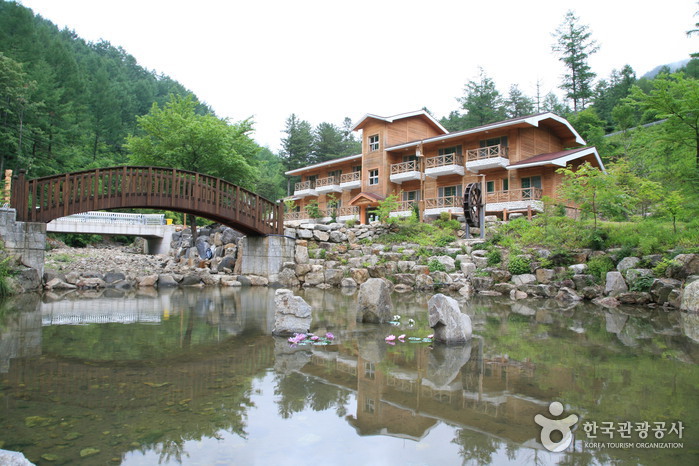
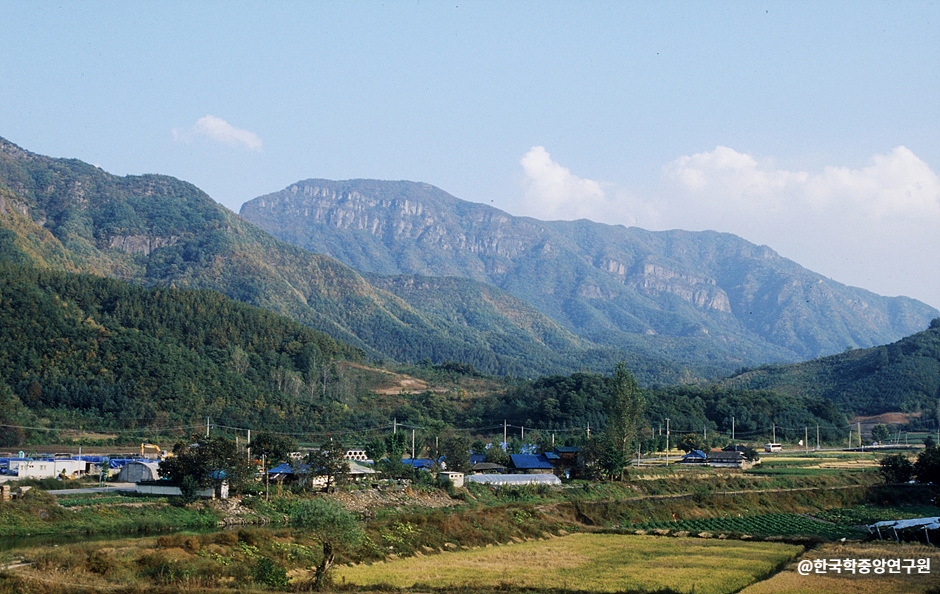

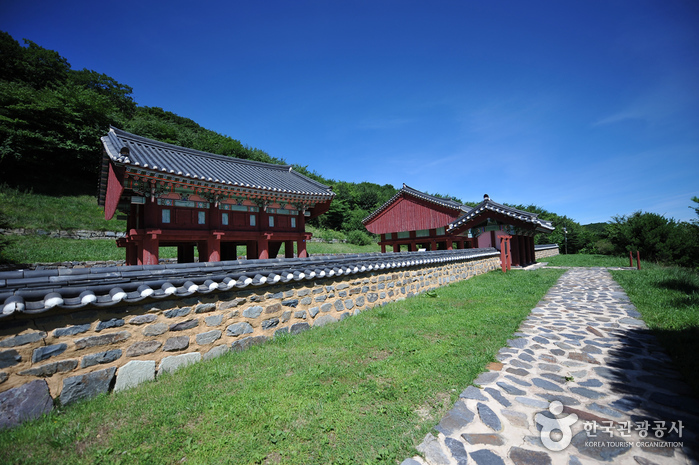
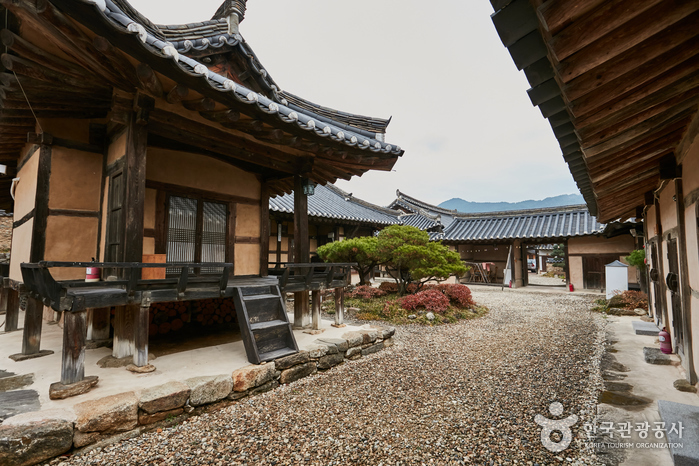
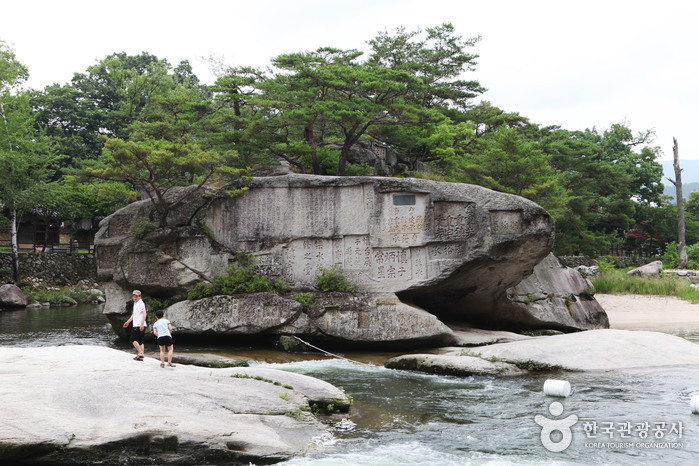
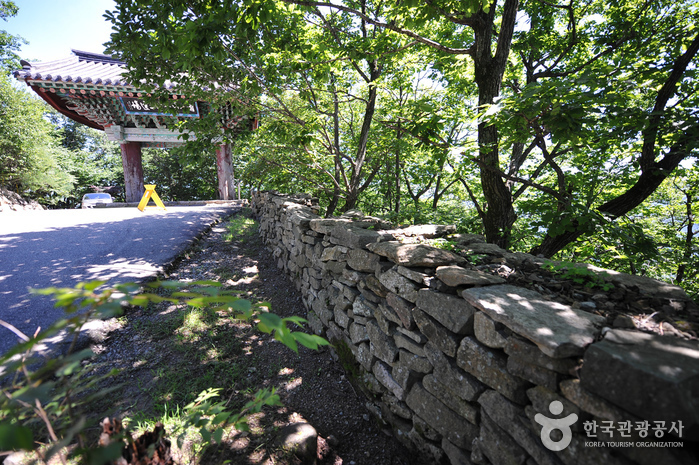
 English
English
 한국어
한국어 日本語
日本語 中文(简体)
中文(简体) Deutsch
Deutsch Français
Français Español
Español Русский
Русский